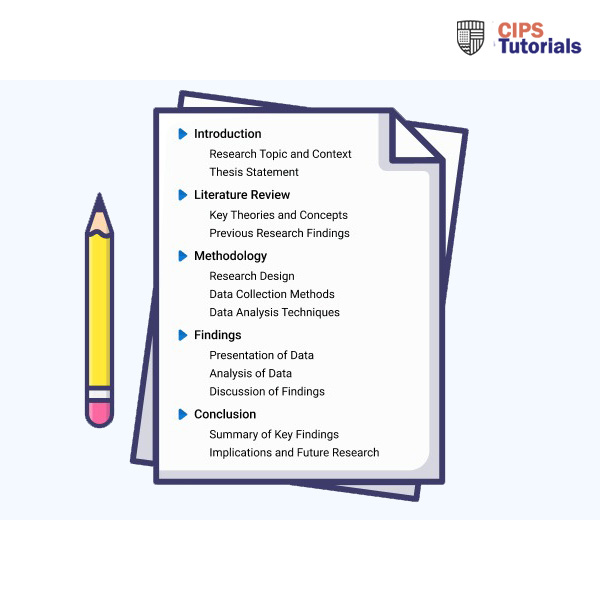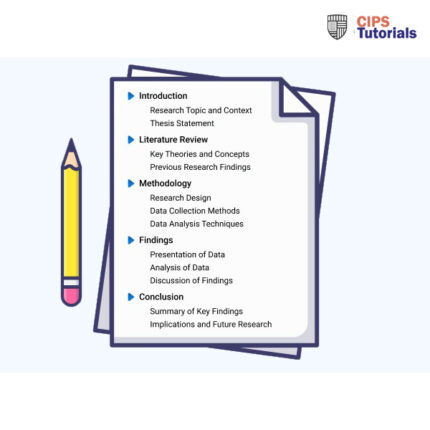-75%
Solution
In order to make managerial and organisational decisions based on the best available research findings, evidence-based practice is used. This evidence can come from a variety of sources. Decision makers tackle organisational difficulties and boost performance by using strategic searching, critical assessment, and implementation of current research findings and measurements (CIPD, 2023), rather than depending only on opinions, experience, or old practice. Making decisions on planning, policies, programs, and day-to-day operations that are most likely to accomplish desired results and be of most benefit requires integrating high-quality scholarly research with practical experience and stakeholder values.
Meaningful Application of Evidence-Based Practice:
Organisational decision-making can benefit from an evidence-based practice strategy. Adopting approaches that are backed by data as being most effective requires taking available research information into account. Decision consequences can be objectively measured with quantitative measurements. In order to identify what needs adjusting based on real outcomes, regularly examining evidence is another way to assist ongoing self-improvement.
Negative aspects of Evidence-Based practice
Although evidence-based practice aims to justify decision making, it is not without limitations. According to Dagne & Beshah (2021), quantitative research cannot capture all aspects of organisational leadership. The existing literature might be contradictory or not applicable to a specific context. Already overworked decision-makers will need to devote even more time and energy to fully implementing evidence-based improvements. Important to stakeholders and still factored into the final choice are qualitative concerns, which the facts may not reflect.
People Practice Issues:
Two people practise issues that are prevalent in my organisation are performance evaluation and staff resourcing:
When it comes to allocation of resources, EBP can be useful for decision making because it centres on metrics like staff retention rate, turnover rate, and absenteeism correlated with variables like pay and benefits (Aarons et al. 2009). Knowing what works in terms of retention and recruiting based on evidence can help shape relevant strategies.
To create a strict, unchangeable system for evaluating performance, it is helpful to consult empirical research on validation, bias reduction, and success predictors (Service.gov.uk, 2019) .This will help identify top performers and areas that need improvement, which in turn can improve the overall functioning of the organisation. In EBP, reasoning takes place in both fields.
Organisation issue:
Raising levels of client satisfaction is an issue for the company. By doing research on consumer experiences, EBP can bolster decisions in this area. Customers’ happiness drivers, pain spots, and preferences can be better understood and improved upon with the help of objective data gathered through surveys (Rane, Achari and Choudhary, 2024) .Evaluating several possibilities to maximise satisfaction is made possible through tests of alternative ways that are influenced by academic research on customer service best practices. An evidence-based continuous cycle of improving the customer experience could be achieved by regular surveys that measure the impact of improvements.
Please click the following icon to access this assessment in full

